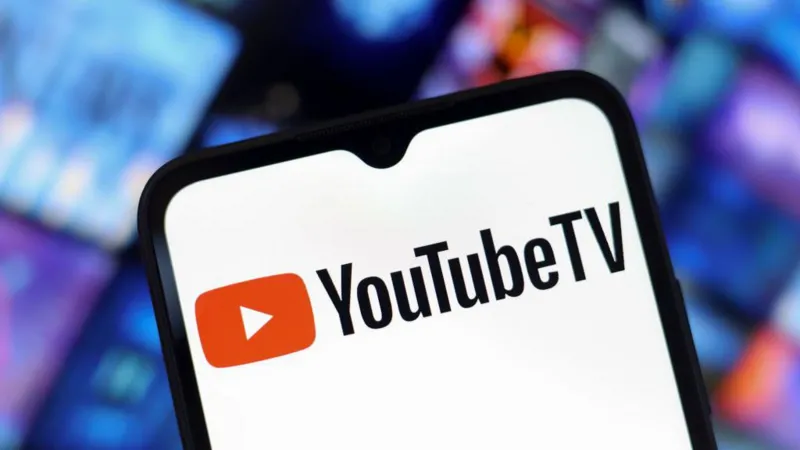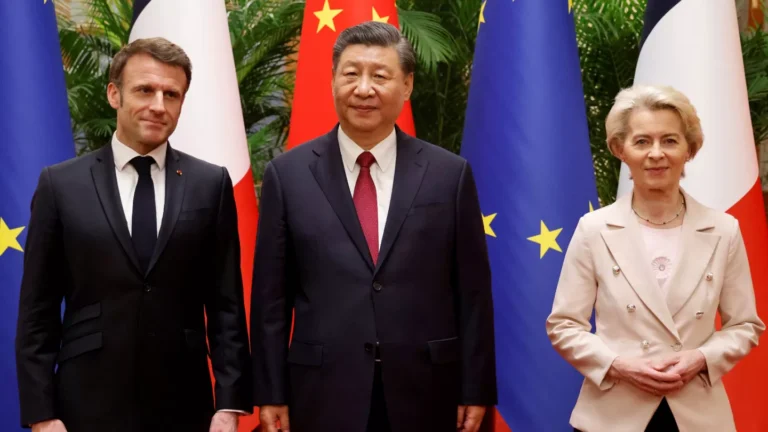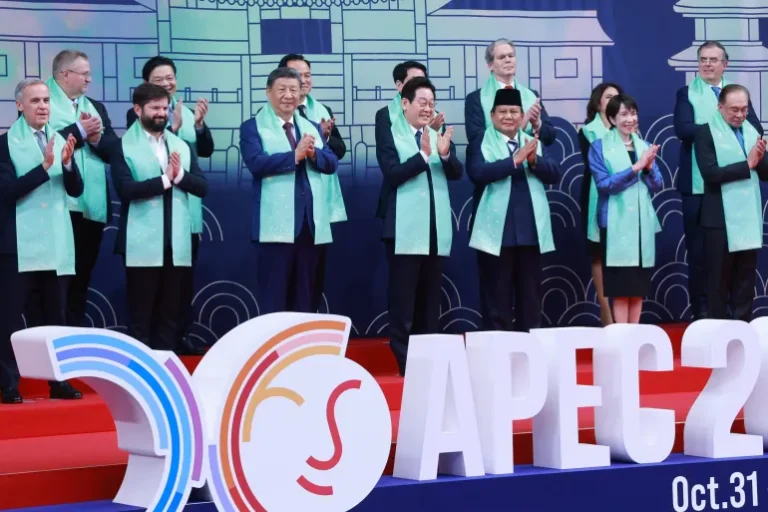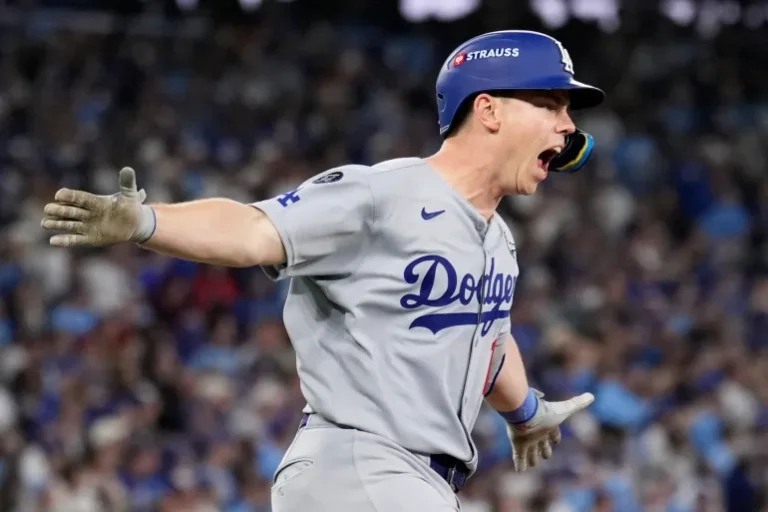
The ongoing battle between content creators and streaming platforms reached a critical juncture with the expiration of the carriage agreement between The Walt Disney Company and Google’s YouTube TV. Consequently, subscribers to the popular live streaming service were abruptly hit with a major blackout. This outage caused Disney’s full suite of channels—including ESPN, ABC, FX, and National Geographic—to vanish from the platform. The dispute affects millions of customers, thereby highlighting the growing tension over fair content pricing and distribution in the rapidly evolving digital television landscape. At its core, this standoff pits a media content giant against a technology behemoth, with consumers ultimately caught in the middle.
The Central Conflict: Fair Rates vs. Costly Terms Disney
The dispute centers entirely on the financial terms of the renewed licensing deal. Specifically, the two corporate giants stand fundamentally opposed on what constitutes a “fair rate” for the carriage of Disney’s networks.
- Disney’s Stance: The Walt Disney Company argues that YouTube TV is refusing to pay “fair rates” that acknowledge the immense value of its programming. Furthermore, Disney’s executives are pointing to Google’s massive market capitalization. They claim that Google is leveraging its dominance to eliminate competition and undercut the industry-standard terms that Disney has successfully negotiated with every other distributor. Disney maintains that its content, particularly live sports anchored by the NFL, NBA, and college football, is the cornerstone of YouTube TV’s customer appeal.
- YouTube TV’s Defense: Conversely, YouTube TV, owned by Alphabet, asserts that Disney is proposing “costly economic terms.” They argue that agreeing to Disney’s demands would force YouTube TV to raise prices on its subscribers. The platform also claims that Disney is using the threat of a blackout as a negotiating tactic. This tactic allegedly benefits Disney’s own live TV products, such as Hulu + Live TV, by eliminating a key competitor. Therefore, YouTube TV frames its refusal as an attempt to protect its members from price hikes.
A Familiar Digital Showdown
It is important to note that this is not the first time a contract dispute has resulted in a blackout. In fact, YouTube TV has faced several tense negotiations this year alone. The platform previously reached eleventh-hour deals with NBCUniversal, Fox, and Paramount, thus avoiding disruptions. However, a dispute with TelevisaUnivision resulted in a prolonged blackout that began in September. This Disney standoff, however, carries significantly higher stakes. Disney controls roughly $40$ percent of U.S. sports rights, which are essential to any competitive live TV package.
The Consumer Impact: Immediate and Disruptive Disney
The blackout took effect just before midnight on Thursday, October $30$, catching many of YouTube TV’s nearly $10$ million subscribers off guard. The immediate impact was severe, especially for sports and news viewers.
- Loss of Live Sports: The timing was particularly painful for sports fans. The blackout coincided with a packed weekend of college football, NBA games, and NFL matchups. ESPN, ESPN2, the SEC Network, and the ACC Network all went dark. Consequently, fans lost access to crucial live programming.
- Entertainment and News: Beyond sports, subscribers lost access to ABC’s primetime lineup, the entire FX network suite (FX, FXX, FXM), Disney Channel, and National Geographic. Furthermore, Disney executives claimed in a memo that YouTube TV’s action not only cut off live access but also deleted subscribers’ previously recorded shows and events from their libraries.
- The $20$ Credit: In response to the disruption, YouTube TV immediately announced a customer retention strategy. The platform promised a $20$ credit toward the monthly bill if Disney content remains unavailable for an “extended period of time.” This small gesture, however, did little to quell the immediate anger and frustration of subscribers who were left scrambling for alternatives.
The Scramble for Alternatives and Future Implications Disney
The blackout immediately forced consumers to seek alternative ways to access their favorite Disney content. This search accelerated the fragmentation of the digital TV market.
- Direct-to-Consumer: Viewers can still access Disney’s content through the company’s own platforms. For instance, ESPN recently launched a new, high-priced subscription service. Disney also allows consumers to bundle ESPN, Hulu, and Disney+ for a single monthly fee. Therefore, the blackout effectively drives subscribers toward Disney’s own profitable streaming ecosystem.
- Competitor Platforms: Conversely, competitor streaming platforms like Fubo, DirecTV, and Hulu + Live TV, which maintain agreements with Disney, are now poised to potentially gain subscribers from YouTube TV. The dispute acts as free marketing for these rivals.
- Industry Realignment: Ultimately, the core of this conflict reflects a seismic realignment in the television industry. Streaming services, which promised consumers more choice at lower prices, are now locked in intense contract battles with content owners who are pushing for stability and higher revenue. Disney argues that its significant investment in high-value content demands appropriate compensation. YouTube TV counters that its role as a distributor warrants flexibility to protect consumer pricing.
In conclusion, the Disney-YouTube TV blackout is a clear sign that the era of simple cable bundles is over. The struggle between Google and Disney is less about two companies and more about setting the standard for content distribution and pricing for the next decade. Millions of subscribers await a resolution, hoping that their access to live news and crucial sports will soon be restored. Disney
Read More Articles Click Here. Read Previous Article Click Here.





